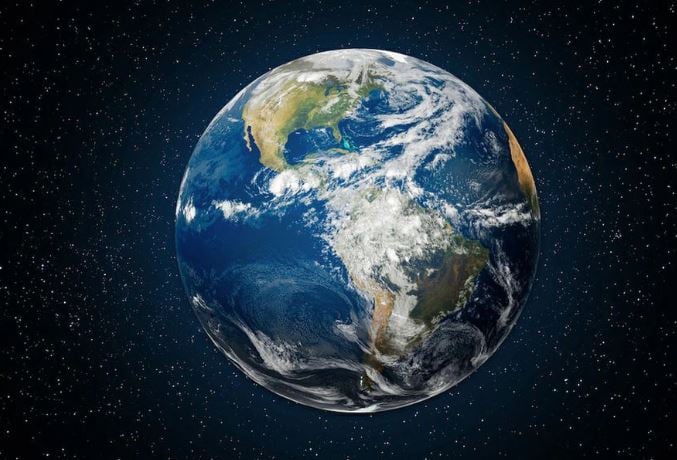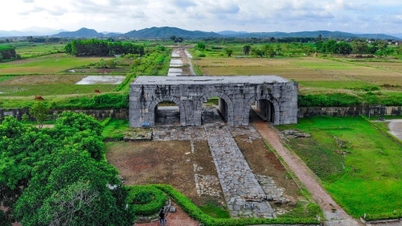Earth – the birthplace and nurturer of life – has long intrigued humanity with its internal structure. Although we live only on its thin outer crust, deep beneath lie complex and mysterious geological layers. So, what makes up the Earth? Let's explore the "heart" of this planet layer by layer in more detail.
1. Stratigraphic structure: How many layers does the Earth have?
The Earth is divided into four main layers, stacked on top of each other from the outside in: the crust, the mantle, the outer core, and the inner core.
• The Earth's crust – the "foundation" of life
This is the outermost layer, the part where humans live and exploit resources. The Earth's crust is surprisingly thin compared to the planet's overall depth – only about 5 km below the ocean and up to 70 km below the landmasses.
Its main components include various silicates, especially aluminum silicate, potassium silicate, and sodium silicate. It also contains elements such as calcium, magnesium, and oxygen.

Illustrative image.
Interestingly, the Earth's crust is divided into two types – oceanic crust (thinner, mostly basalt) and continental crust (thicker, containing a variety of granites and rich minerals).
• The Mantle – a giant “sea of magma”
Just below the crust lies the mantle – which makes up 84% of the Earth's volume and is about 2,900 km thick. Although the material here is solid, due to the high temperature and pressure, it can move very slowly, like plastic.
The main components include magnesium and iron-rich silicates, such as olivine and pyroxene.
This is where convection occurs – the convection current of magma – which helps explain the movement of tectonic plates on the Earth's surface.
• Outer Core – the source of the Earth's magnetic field
This layer is about 2,200 km thick, lies deeper than the mantle, and is entirely in a liquid state, consisting mainly of molten iron and nickel.
The turbulent flow of liquid metal in the outer core creates the Earth's magnetic field, protecting the planet from solar radiation and helping living organisms – including humans – to survive safely.
• Inner Core – the “solid heart” hotter than a steel furnace.
The Earth's core lies approximately 6,371 km deep and has a radius of about 1,200 km. Although temperatures there can reach 5,700°C – nearly the same as the surface of the sun – the inner core is solid, due to the immense pressure compressing the metal.
Main components: pure iron, along with small amounts of nickel and other light elements.
2. It's not just rocks and soil – the Earth also has many "invisible layers"
In addition to its internal geographical structure, the Earth is also covered by other important "layers" that create conditions for life to exist:
• Atmosphere
A thin layer of gas surrounds the planet, divided into layers such as the troposphere, stratosphere, mesosphere, and thermosphere.
Main components: 78% nitrogen, 21% oxygen, and the remainder is carbon dioxide, water vapor, argon, etc.
The atmosphere not only helps us breathe but also retains heat, blocks ultraviolet rays, and creates weather phenomena.
• Hydrosphere
The hydrosphere encompasses all the water on Earth – from oceans, rivers, and lakes to ice and groundwater. It covers approximately 71% of the Earth's surface.
• Biosphere
The biosphere encompasses all living organisms – from bacteria underground to birds in the sky, and of course, humans. It extends across parts of the Earth's crust, hydrosphere, and atmosphere.
Conclude
Although only a small portion of the planet is visible, Earth is truly a vast and complex living machine. With its multi-layered structure – from a thin rocky crust to a scorching hot iron core, along with "invisible" layers such as the atmosphere, hydrosphere, and biosphere – Earth is a unique planet, the only one known to be capable of supporting life.
Understanding the Earth's composition not only helps us appreciate the place we live in more, but it is also key to protecting it in the future.
Source: https://doanhnghiepvn.vn/cong-nghe/thanh-phan-cau-tao-cua-trai-dat-gom-nhung-gi-kham-pha-ben-trong-hanh-tinh-xanh-cua-chung-ta/20250425020729640







































































































Comment (0)